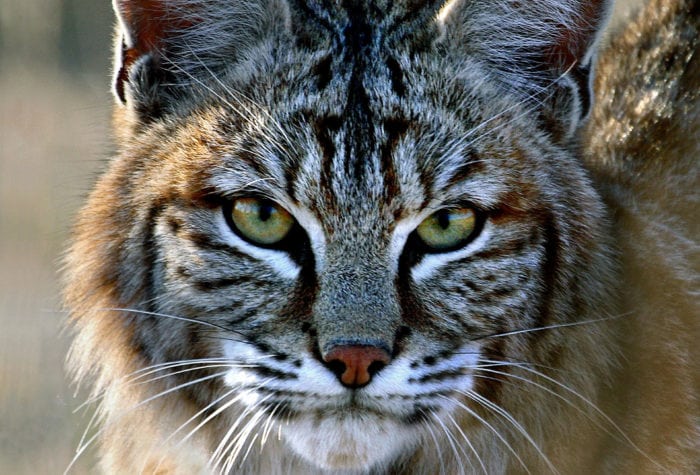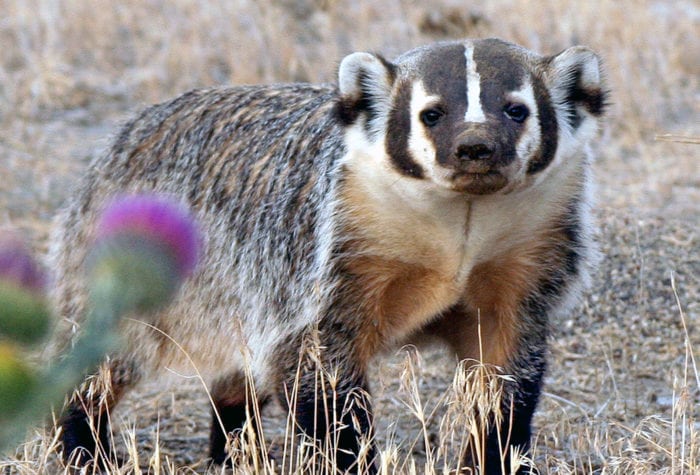Author: Scott Bowler | Published: April 10, 2024 | Category: Species Spotlight
This article originally appeared in the Spring + Summer 2024 Desert Ramblings
Paragon of adaptation and legacy of the Pleistocene.
Cutthroat trout (Oncorhynchus clarkii ssp.) are the most widespread species of the Salmonidae family in western North America. Populations occur from southern Alaska to northern California, on both sides of the Continental Divide, and throughout the Great Basin—an area close to 210,000 square miles and one of the driest, yet most diverse, landscapes in the United States.
During Pleistocene times, an era over 12,000 years ago known as the last Ice Age, the environment was vastly different in the Great Basin. This was a period categorized by water and ice, with massive rain-fed lakes covering about 25% of the area, including some in Oregon. Lake Bonneville, covering some 20,000 square miles (close to the size of present-day Lake Michigan) was the largest, while Lake Lahontan covered an impressive 8,500 square miles. It is in Lake Lahontan and its connected waters that Oncorhynchus clarkii henshawi, Lahontan cutthroat trout, evolved.
Lahontan cutthroat trout developed to huge sizes there—up to 42 inches and 50 pounds—spawning in its many tributaries and feeding on abundant prey. Indigenous people in the area relied heavily on Lahontan cutthroat trout and their prey species, the Tui chub. The sustainable fishery annually produced an estimated one million pounds of fish.
Beginning in the early 1800s, human activities and other factors began to take a toll on Great Basin fish. The climate warmed and dried, and waters evaporated and became more alkaline. Habitats shrank and fragmented. As a response, isolated populations of fish adapted into the many species, sub-species, varieties and strains that occur today.
Climate change, overfishing, dams, over-allocated water, development and other factors eventually led to an early listing of Lahontan cutthroat trout as a federally “endangered” species. This status was later modified to “threatened” to accommodate management options. Today, only 10% of the trout’s original habitat range remains.
Lahontan cutthroat trout are a truly adaptable fish, responding to dramatic differences in water salinity, temperature, human-caused disturbances and sheer loss of habitat. Today, there are scattered populations of the stream-dwelling varieties occurring in suitable habitat remaining in the Great Basin. These riverine fish are, in response to challenging conditions, much smaller than the lake variety, maturing at 6-12 inches and about one pound. In eastern Oregon, some populations are established in their ancestral Alvord Lake basin, in streams draining from Steens Mountain and Pueblo Mountains, as well as in several streams flowing from the Trout Creek and Oregon Canyon mountains. There are also populations in streams in and around the McDermitt Caldera along the Oregon/ Nevada border.
If the McDermitt Caldera rings a bell, that’s because it’s been in the news lately as a potential source of critical minerals, especially lithium. During the aforementioned Pleistocene times, the caldera was filled with a large shallow lake. Today, only a few isolated streams flow down from the highlands into the basin, in some cases drying up as they reach the lowest level of the caldera. The few miles of stream that do remain contain some highly adaptable, and quite important, remnant populations of Lahontan cutthroat trout. These fish already live a very precarious existence and the proposed development in the Caldera add new complications, and serious threats, for the fish.
Someone famous once remarked that when tinkering with anything, it’s best to save all the pieces. Oncorhynchus clarkii henshawi have proven themselves to be tough, adaptable survivors for many millennia—but they need viable habitat to persist. It’s up to us to save the pieces.


